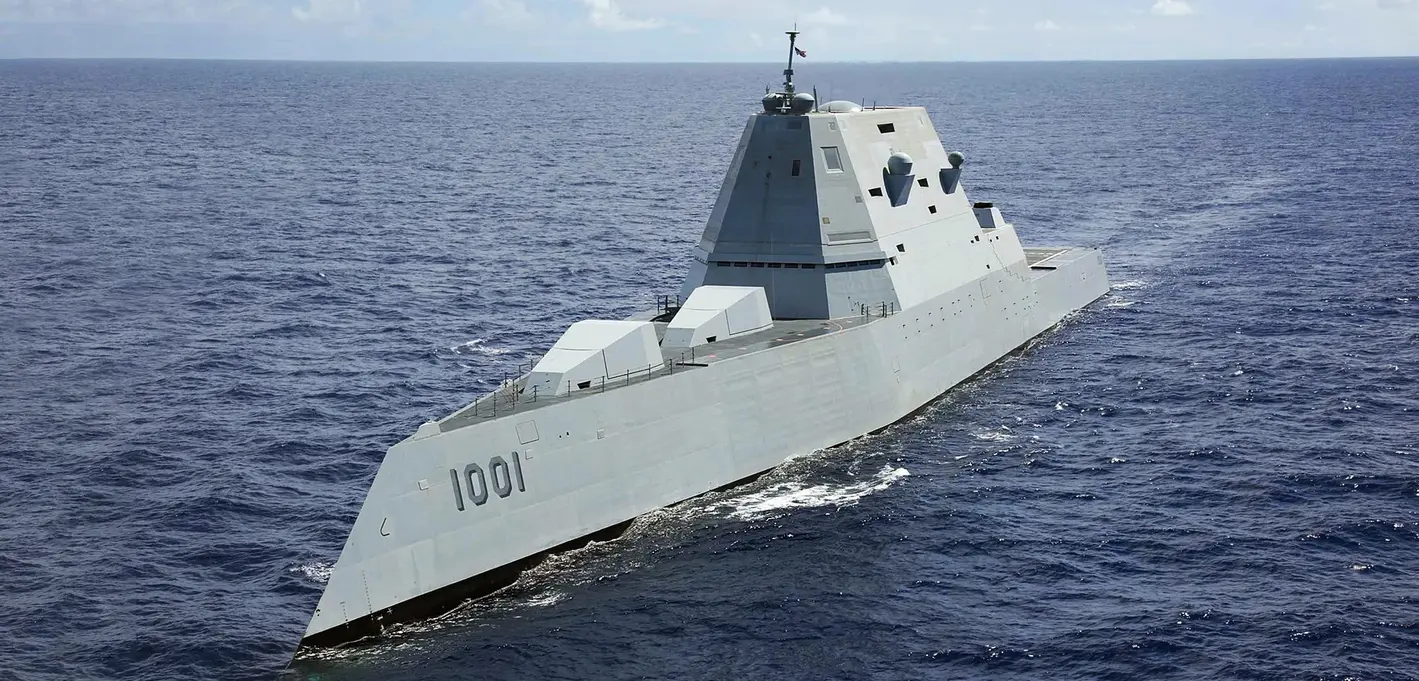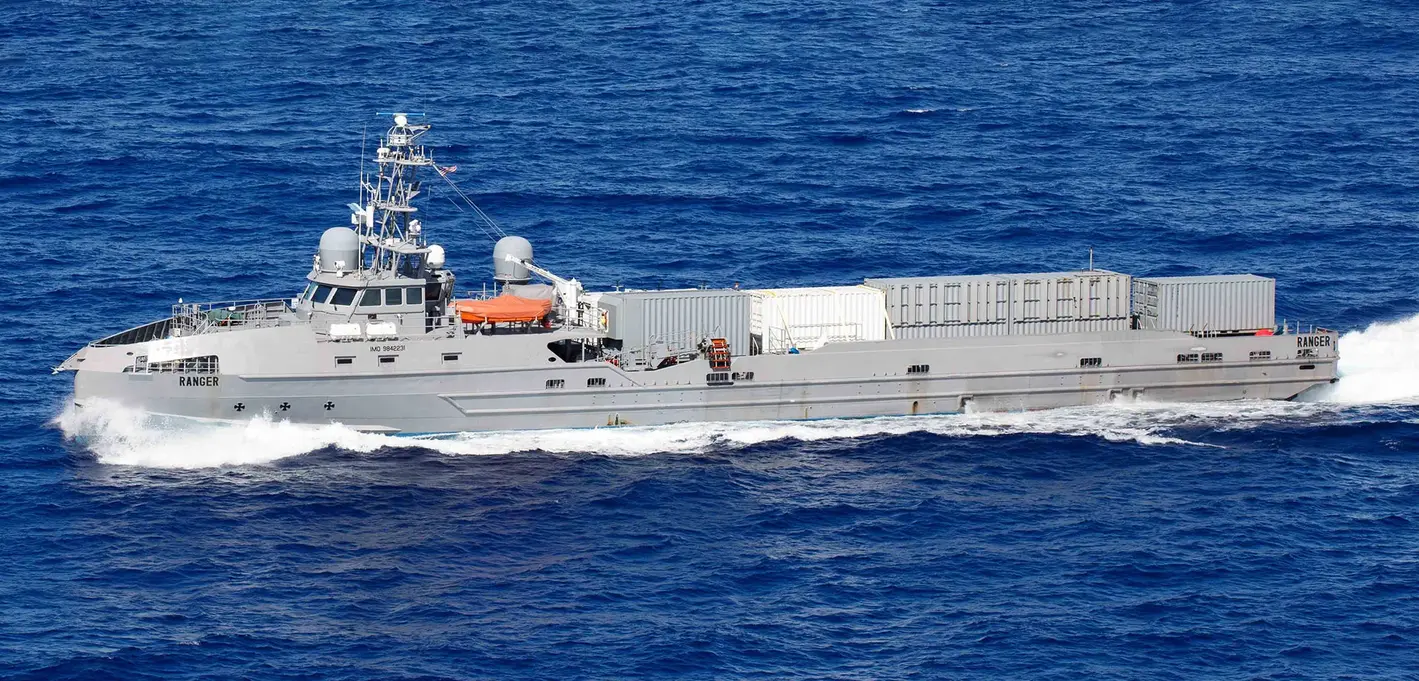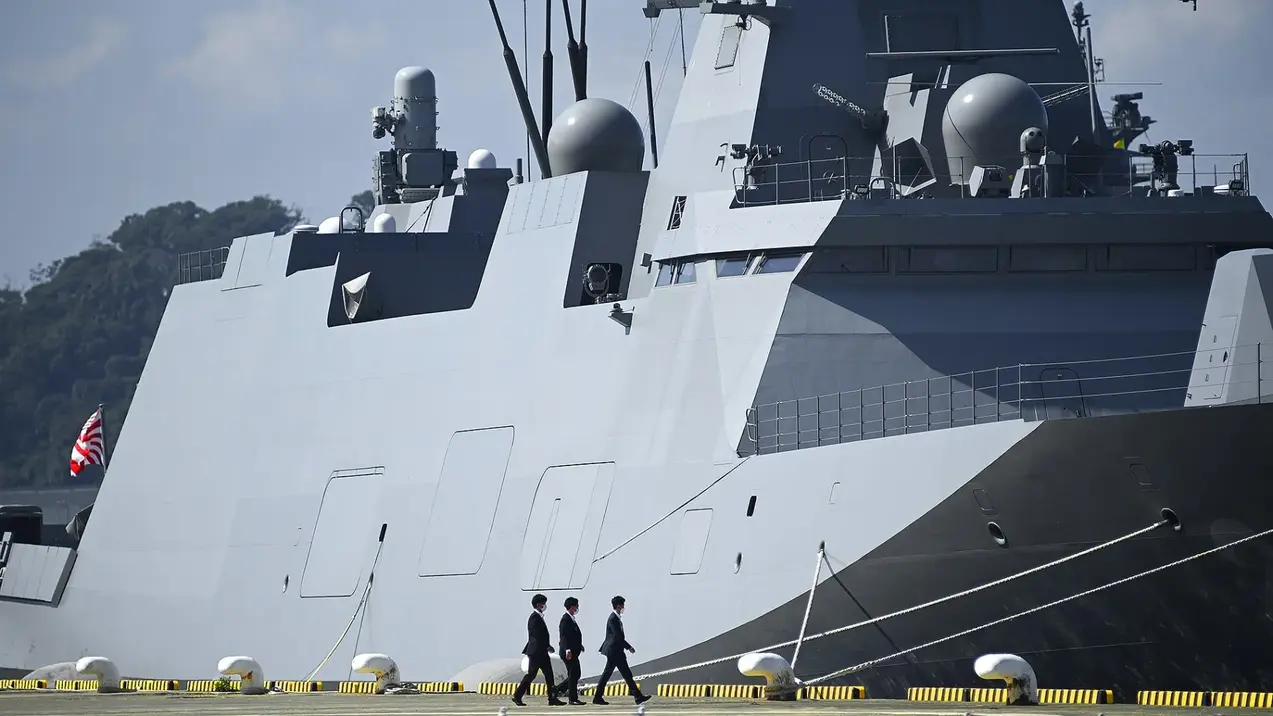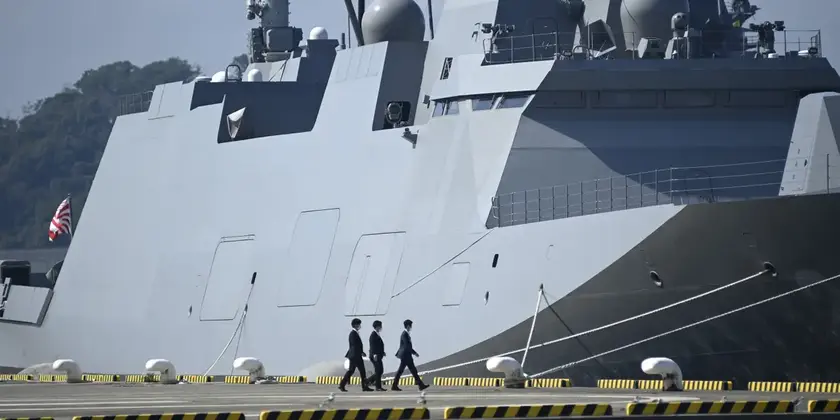T4K3.news
Zumwalt ships arm hypersonic CPS
The Navy advances CPS on Zumwalt class, with first sea launch planned for 2027 and full capability by 2029.

The Zumwalt class is being converted from gunfire ships to carry hypersonic missiles, signaling a shift in naval strategy and budget priorities.
Zumwalt class ships repurposed to carry CPS hypersonic missiles
The US Navy is converting three Zumwalt class destroyers to fire the Conventional Prompt Strike CPS hypersonic system. The project shows how a costly but cutting edge platform can be retooled to meet new strategic needs. The ships were originally designed for land attack with 155 mm guns and large VLS cells, but rising costs and technical hurdles led to questions about their future. The refit removes the forward gun turret and installs four MACs that can hold three CPS missiles each, giving 12 missiles per ship. The plan also centers on upgrading sensors and combat systems under the Zumwalt Enterprise Upgrade Solution ZEUS, including the AN/SPY-6 radar and enhanced electronic warfare suites. Tests have already validated portions of the CPS program, with at sea launches planned for 2027 and full operational capability targeted for 2029. Each CPS AUR is estimated at 30 to 40 million dollars, and total refit costs for the three ships are roughly 2 billion dollars, underscoring the tradeoffs between high end capability and budget discipline.
Key Takeaways
"A small magazine can redefine deterrence on the high seas"
tweetable note on the strategic value of a limited CPS arsenal
"Speed is the new shield on modern warships"
comment on hypersonic capability changing naval defense
"Bold tech reshapes fleets even as costs rise"
editorial take on the cost risk of high end weapons
"In defense budgets every missile buys a story"
reflection on political and financial narratives behind weapons programs
The work on Zumwalt ships reflects a broader shift in naval power where speed and precision may trump volume. Hypersonic missiles promise rapid, deep strikes on high value targets and could force adversaries to rethink their defense postures. But the costs are immense, and the magazine size is small for a naval campaign. The program tests the tension between cutting edge tech and the realities of budget scrutiny, alliance spending, and interservice competition. For allies like the United Kingdom, the move reinforces the urgency of building hypersonic capabilities through national programs and partnerships, including AUKUS Pillar II and HTCDF efforts. The outcome will hinge on whether this approach yields deterrence that is credible in a multi-polar, high stakes era or if it becomes another expensive line item that outpaces practical value.
Highlights
- A small magazine can redefine deterrence on the high seas
- Speed is the new shield on modern warships
- Bold tech reshapes fleets even as costs rise
- In defense budgets every missile buys a story
Budget and political risk in CPS Zumwalt upgrade
The project carries high cost and political scrutiny. With 12 missiles per ship and multi billion dollar refits, budget overruns or shifting priorities could affect timelines and alliance spending.
The path from experiment to deterrence will reveal how nations balance price with strategic leverage.
Enjoyed this? Let your friends know!
Related News

China unveils new air combat drones ahead of parade

US Navy demands uncrewed warships delivered in 18 months

Australia selects Japan's Mogami frigate for naval upgrade

Yemen fighters announce major weapons seizure

Hypersonic race heats up

Iran boosts support for proxy groups amid US negotiation stalemate

Japan sells 11 frigates to Australia for $6.5 billion

Jet powered VTOL drone could reshape naval warfare
